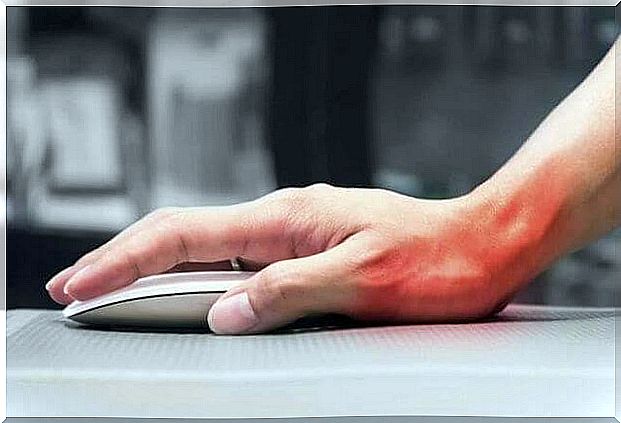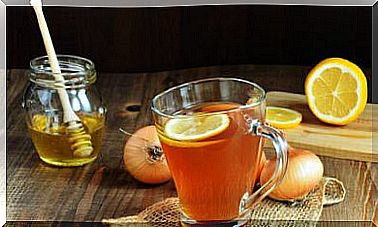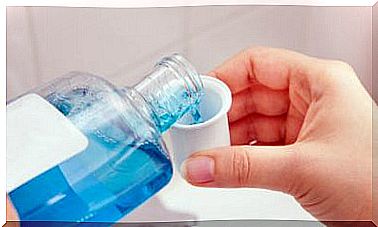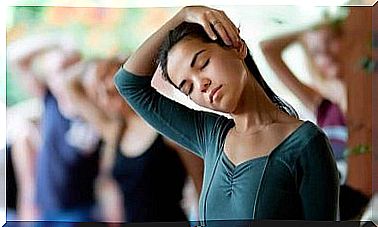Tenosynovitis: The Inflammation In The Hands Or Feet That You Should Know
The name “tenosynovitis” may sound a bit strange to us, but in reality, it is a type of problem that many of our readers will be familiar with.
Tenosynovitis is an inflammation of the lining of the sheath that surrounds the tendon. It is painful, disabling, and focuses especially on the feet and hands.
Small bumps may appear, the skin becomes red and the patient does not really know what it is due to. They have not suffered any blows and yet the pain is present, even at rest. In addition, part of the mobility is lost.
Experts tell us that it is important to get an early diagnosis. Only in this way can we prevent this inflammation from further damaging the tendons and their coatings. And in this way, prevent us from suffering more serious problems.
In case of discomfort, do not hesitate to consult a good specialist. Here are the essential facts about tenosynovitis.
Tenosynovitis, a disabling joint pain
To understand what tenosynovitis is, let’s imagine a tendon. That perfect structure that joins any muscle of our hand with the bone.
That tendon, in turn, has a lining, the synovium. This is what protects and isolates our tendons. It is precisely here that inflammation and pain occur.
The striking thing about tenosynovitis is that it affects the flexor muscles, that is, we will notice the first symptoms of this condition when moving the hand or walking.
At first it is a simple annoyance but, little by little, inflammation, numbness and even heat appear (localized increase in temperature in the area).

Who usually gets tenosynovitis
Tenosynovitis of the upper extremities especially affects people who play sports or who have manual jobs, such as tailors, meat cutters or dentists, who also suffer from it.
What symptoms does tenosynovitis have
- Pain in the wrists, ankles or the sole of the foot; on the heel.
- Redness or inflammation appears within a few days. When this occurs the pain occurs even at rest.
- Fingers or toes “crack” when moved.
- Also, small bumps may appear on the fingers or toes from the infection.
- We find it difficult to manipulate objects, walk, perform any daily activity. It is something very annoying.
What Causes Tenosynovitis
The main causes of tendon sheath inflammation are repetitive movements of the hands or feet. As well as the bad postures that we tend to adopt almost without realizing it.
In each of these repetitive and continuous movements, excessive friction of the tendon with the bone is suffered. Appearing wear and small lesions in the sheath surrounding the tendon. Then, little by little, inflammation appears.
De Quervain’s disease
One of the most common injuries associated with tenosynovitis is De Quervain’s disease .
According to this report from the Mayo Clinic, it is an inflammatory condition of the tendons that affects the thumbs of the hands.
- It is striking, for example, that everyday events such as lifting a small child, sewing, typing on the computer or even being a pianist cause this type of tenosynovitis.
- Likewise, the following can also happen: we hit our thumb. We suffered a small tendon injury that we are not aware of. We feel pain, but over time this tissue heals.
However, this scar tissue can prevent the tendon from working properly. It is something that we must consider and that can also cause De Quervain’s disease .

Usual treatment for tenosynovitis
The main goal of treatment for tenosynovitis is to reduce inflammation. It will always be our doctor who offers us the best strategy, since, according to this study carried out by the University of Maryland School of Medicine (United States), there are multiple treatment options.
The most common is to combine a drug treatment with some type of rehabilitation.
- We will have to keep the hand or foot immobilized for a few days with some type of splint or bandage.
- Cold-heat therapy is also very effective in these cases.
- Likewise, it would be convenient for us to apply warm baths with rosemary water. It is anti-inflammatory and relaxing, according to this study by the Universidade Estadual Paulista (Brazil).
- Ginger infusions are highly recommended. They will allow us to reduce pain and inflammatory processes, as assured by this research carried out by the University of Isfahan (Iran).
- Physical therapists are also a wonderful help in treating tenosynovitis. In addition, they can teach us what types of exercises we could do at home to regain mobility and strength.
Last but not least, it is important to consider one aspect. Tenosynovitis can reappear, so we must take care of our postural hygiene and our movements.
The basic idea is to decrease stress and pressure on our tendons.
Ask the professionals for advice, avoid overloads and, above all, become aware that your tendons and your joints are wonderful structures that you must take care of.









